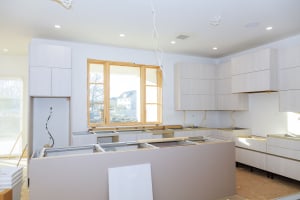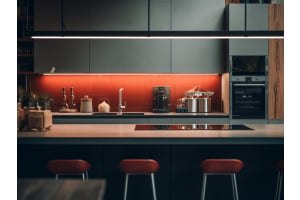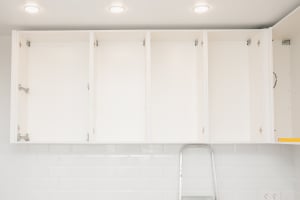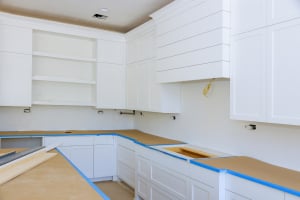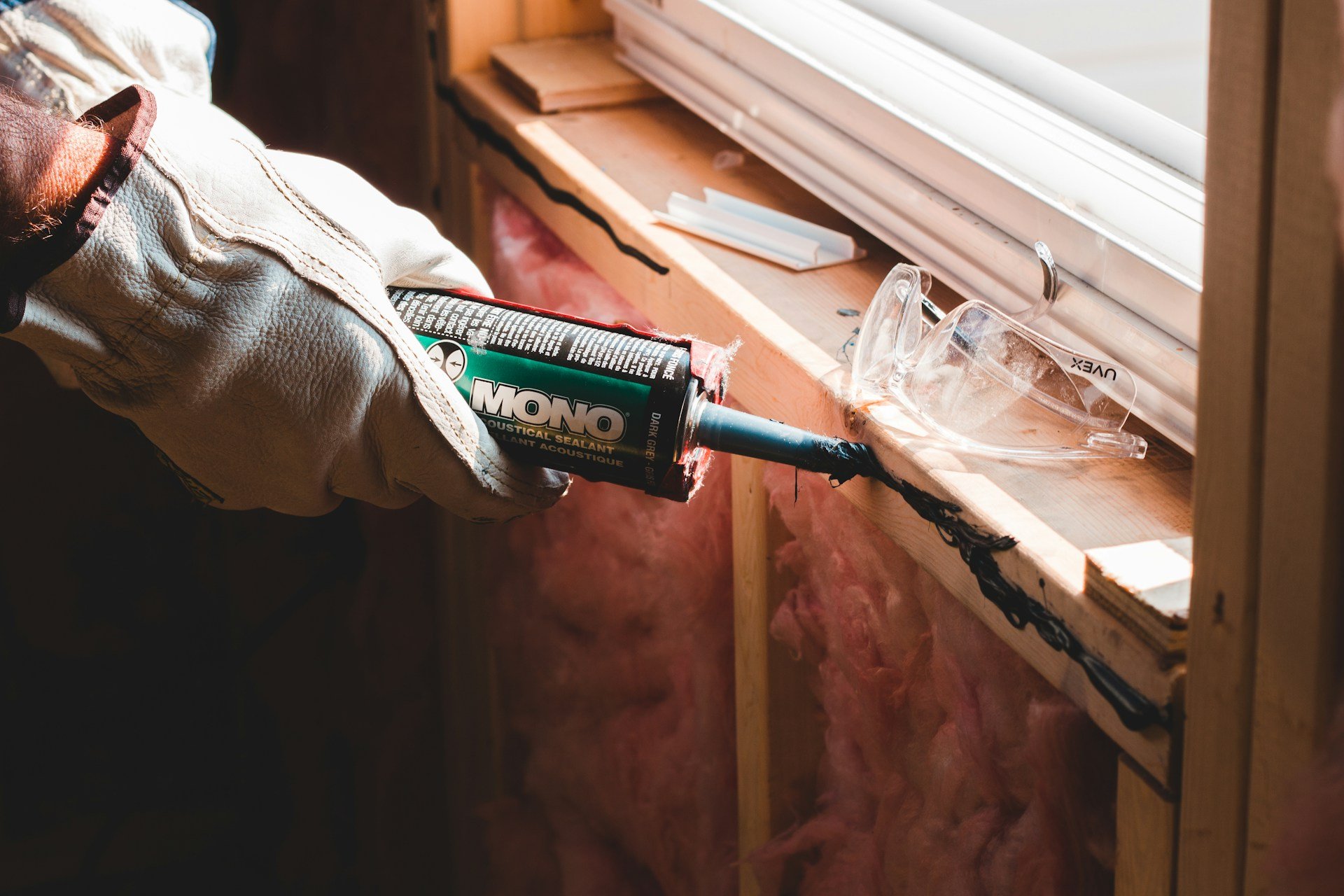
When you buy quality wood slat wall panels, you want to ensure they look just as perfect when installed on your walls. Fortunately, slatwall is very simple to fit, even if you aren’t a total DIY expert.
Our guide explains all you need to know about choosing and installing a visually stunning slatwall panel, fully fitted room, or slatwall feature. Installing slatwall panels involves preparing the wall, attaching mounting brackets, sliding the panels onto the brackets, securing them in place, and customizing with accessories for a functional storage solution.
Slatwall mounting is a straightforward process that involves affixing slatwall panels to your desired surface using a secure bracketing system. With the right tools and techniques, you can easily transform any wall into a functional and visually appealing storage solution.
Whether you're looking to organize your garage, retail space, or home office, slatwall mounting offers versatility and convenience. By following a few simple steps, you can create a customized storage solution that meets your specific needs and enhances the aesthetics of your space.
Choosing the Right Slatwall
What is slatwall? ‘Slatwall’ refers to fitted wooden panels which clip together on a secure, strong wall bracketing system. Slatwall is available in a wide variety of colors, textures, and finishes, from deep natural hardwood hues to bright, blonde woods.
How much does slatwall cost? It can be surprisingly cost-effective for a premium wall covering material and lasts longer than most alternatives, as an investment in your interior that will remain in fantastic condition.
Our engineering teams cut slatwall panels to your custom size and can happily provide a quote based on the square footage you require.
How to Install Slatwall
There are a few different approaches you can use. Still, our recommendation is to follow our quick video guide to the Monarch Z Clip hanging system, which incorporates interlocking brackets that your slatwall panels easily slide onto.
Each of our high-quality wood paneling product pages has a link to our installation guide, which walks you through the steps with clear visual diagrams. However, we've outlined the steps below to help you understand how straightforward slatwall panels should fit:
- First, you need to fix your clips to the rear side of your slatwall panel, placing each individual unit evenly across the width and length.
- Next, affix the straight Z clip hanging bracket to the wall using secure screws.
- Finally, slide the slat wall over the top, aligning the individual clips on your panel with the wall-mounted baton.
The best option is to use a spirit level and rule to ensure your clips are correctly spaced and in line with your door frames, walls, and skirting boards. If you wish to hang your slatwall vertically, you use the same system, ensuring you take accurate measurements before starting work.
This user-friendly installation process is how slatwall gets its name–the panels are made from wooden slats and slot together for a seamless, stress-free decoration project.
What Size Should My Slatwall Panels Be?
Most panels come in a maximum size of up to four by eight feet for the longer paneling options. We provide a custom-cutting service to tailor your boards to the required dimensions before fitting, so you won't need to plane them down.
The right size and paneling system depend on the wall you wish to cover and whether you'd like to fit slatwall panels across the entirety of your room, across one feature wall, or as an accent strip.
Once you have measured the space, you can calculate the square footage required by calculating the width by the length of the area. If you have several rooms, you can measure each individually and add the total dimensions together.
The best slatwall finish is a natural wood veneer rather than a laminate coating that can scratch, chip, or dent over time–all our slatwall products are made from high-end materials and never include imitation timber, which simply doesn't provide the same quality.
Tips and Advice for Installing Slatwall
Slatwall is generally easy to install, but if you have larger panels, you may need an extra pair of hands to lift them securely into place. It is also advisable to keep the panels in the intended room for a few hours before installation because natural wood can expand and contract very slightly in different temperatures.
If you are installing slatwall on a stud wall, it is worth checking whether the wall is strong enough to support the total weight of all the panels added together, including any furnishings or fixtures you intend to hang on the wall. Hollow walls made of plasterboard tend to have low tensile strength, whereas an external brick or concrete wall will be more than sufficient.
You should also double-check whether there are any concealed wires or pipes behind the part of the wall where you plan to hang your slatwall bracket to ensure there is no risk of hitting a wire when you screw your frame into the wall.


